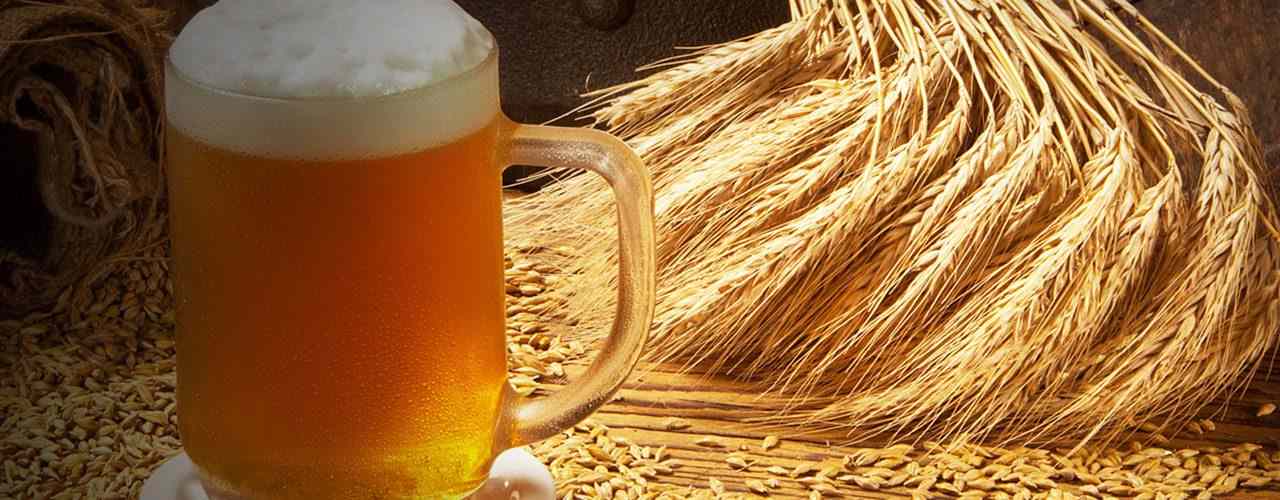A Look at how Various Grains impact the Flavour of the Brew
Traditionally, barley is the main grain that is used for brewing beer. Even today, most brewers don’t use anything other than barley for their brews. But, several new-gen craft brewers today are experimenting with other grains.
Beer critics often complain about the big-box breweries for mixing corn or rice along with barley as a means to reduce the brewing costs. This is because corn and rice are readily available and are cheaper when compared to barley.
However, rice and corn aren’t just added to reduce costs. In fact, several breweries are today realizing that other “adjunct” grains add a unique touch to the overall flavor of the brew.
To prep you for your next batch, here we’ve created a primer on brewing with other grains. Let’s take a look at how different grains impact the final flavor.
1. Barley (Malted)
One of the foundations of beer making is barley. Barley is turned into a brew-ready malt by immersing it in hot water. This process causes the grains to secrete an enzyme that transforms the starches and proteins into fermentable sugars. These sugars are further broken down by yeast to create alcohol.
Barley malts are undoubtedly the biggest grain used in brew making. The reasons for this are many – barley contains husks, which help in keeping the mash (the liquid created by steeping the grains in boiling water) loose and allow for easy drainage of the wort. The wort is the liquid that finally gets converted into beer.
When it comes to flavor, brewers mix the main grain barley with several other supporting grains like wheat and rye. While there are no defined standards for the classification of barley, it can be divided into the following categories:
- Base Malts
This includes the bulk of the grains used for brewing. They are generally light-colored, and these malts contribute the majority of the fermentable sugars, proteins, and minerals that are converted into alcohol.
- Specialty Malts
These are adjunct grains that are added for the following reasons – to improve head retention, increase the body, add aroma, color, and flavors like caramel, biscuit, chocolate, coffee, etc. specialty grains are blended with the base malts to create a unique flavor and character to the final brew.
Some of the popular specialty malts include:
Caramel (or Crystal) malts – These add extra sweetness to the brew. They are specially added to generate crystalline sugar within the hull of the grain.
Roasted Malts – These are roasted or kilned at higher temperatures to impart specific flavors to the brew. Consider them as the coffee beans. They are roasted just like that.
Dark Malts – These are highly roasted to impart intense flavors. They are mainly used for brews like black IPAs, bocks, Schwarz bier, stouts, etc.
2. Un-malted Barley
This lends a rich, grainy character to the brew. Unmalted barley is mainly used for brews like a dry stout. It helps in improving head retention. However, unmalted barley makes the final brew a bit hazier, like the Los Angeles smog.
3. Corn
When used in brew making, corn adds a smooth texture as well as subtle sweetness. It’s mainly used to stabilize flavor, decrease haziness and to lighten the beer’s body.
4. Oats
Oats are mainly used along with barley. When oats are used in brew making, it creates a brew that is as smooth as satin, with a full-bodied creamy finish. Stouts are generally made with oats.
5. Rice
When used as an ingredient in brew making, rice imparts no to little flavor. Instead, it helps to enhance the snappy flavors as well as adding a dry profile to the brew. Rice also helps in lightening the beer’s body.
6. Rye
When used along with barley, rye helps to sharpen flavors, add complexity to the brew and imparts a subtle spiciness to the final flavors. Rye helps to make the brew crisp as well as in drying the body of the brew.
Rye can also be roasted at high temperatures (kilning) to impart a caramel or chocolate flavor to the final brew. The one drawback of rye is that it’s hull-less. This means large amounts of grain must be used in brewing which could cause the brew to clump up and become dense.
7. Wheat
Packed with proteins, wheat helps to create a rich mouthfeel, full body and a foamy head to the final brew. Brews brewed with wheat has a thick and stable foamy head. When the volume of wheat is more, it creates a hazy and smooth brew like a witbier or hefeweizen. One drawback is that wheat imparts a slight tartness to the final brew.
Final Thoughts – Think Microbrewery India For A-Z of Brewing
If you are passionate about brewing and would love to make a career out of it, reach out to our experts here at Microbrewery India. Our team has helped in setting up hundreds of successful breweries and brewpubs across the country. Right from importing quality brew making equipment to helping you procure the required licenses and more, we do it all. To get started give us a ring at +91-1123-3358 or drop in a line at rohit@microbreweryindia.com.


